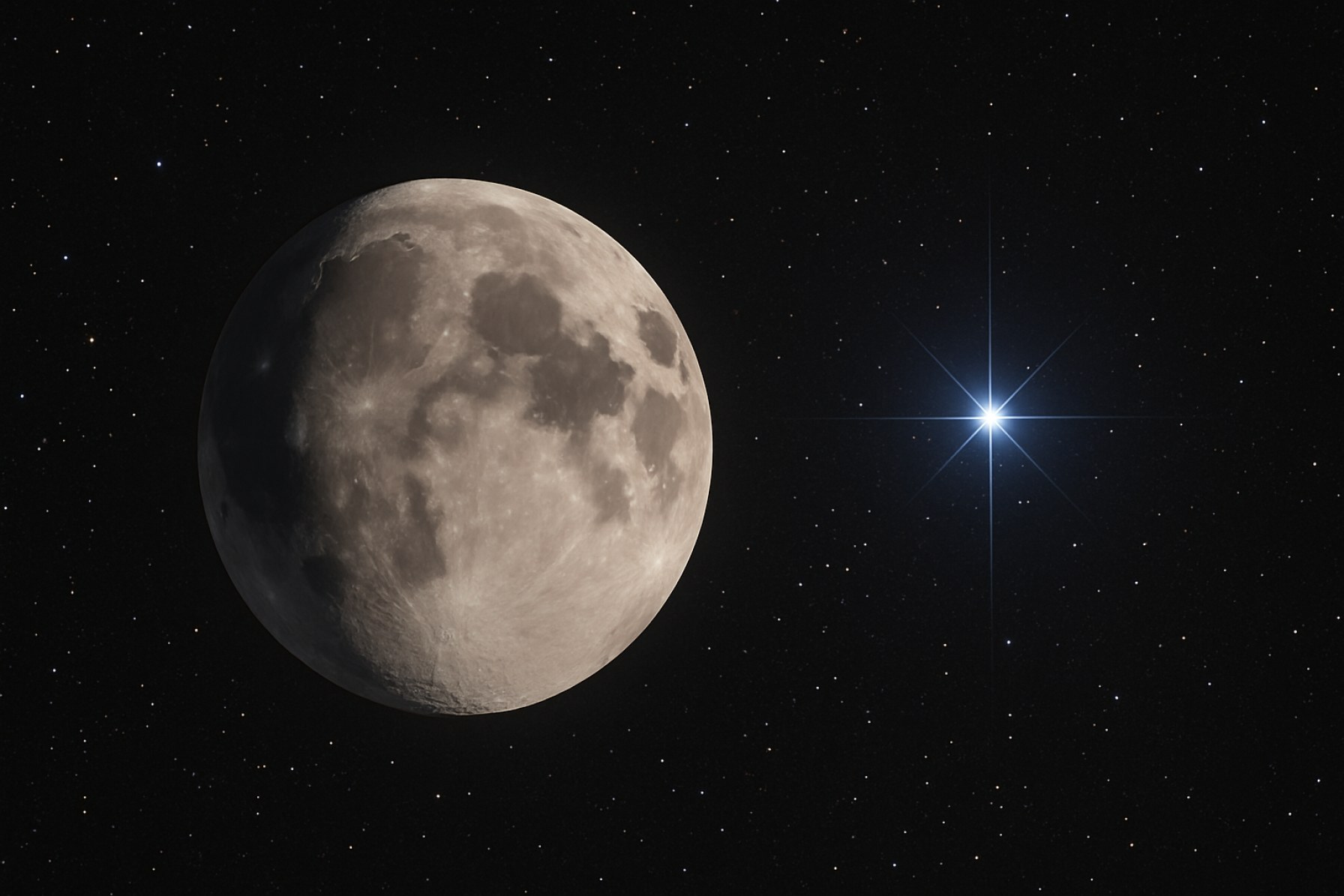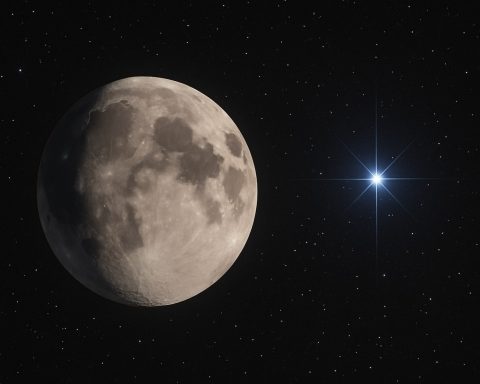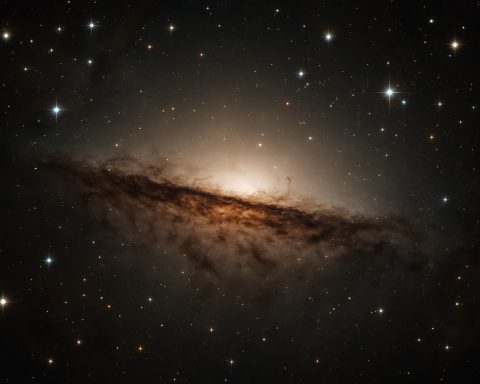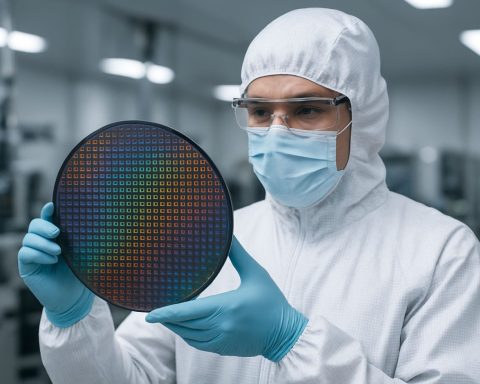Celestial Encounter: How to Catch the Moon and Spica Shine Together in the June 2025 Night Sky
Don’t miss June 2025’s stunning moon-Spica meetup, plus tips to spot Mars, Arcturus, and more astronomical wonders.
- Date: June 5, 2025 – Moon passes within 7° of Spica
- Full Moon: Arrives June 11, 2025
- Distance to Spica: 250 light-years from Earth
- Spica Stars: Twin giants orbiting each other every 4 days
Looking for a showstopping moment in the night sky this June? Grab your binoculars and set your sights on the southwestern horizon after sunset on June 5. The waxing gibbous moon will glide within just seven degrees of Spica, the dazzling binary star in Virgo—making for a rare spectacle you won’t want to miss.
Even more thrilling, in a handful of southern hemisphere regions, the moon will perform a jaw-dropping cosmic vanishing act and occult Spica itself, blocking its twinkling light from view for several minutes.
Why Is This June 2025 Sky Event So Special?
Moon-Spica meetings are infrequent, but this year’s alignment is particularly photogenic—planned just days before June’s full “Strawberry Moon.” Novice stargazers and seasoned astronomers alike will have a clear view, weather permitting.
Here’s what’s happening: after sunset, the moon and Spica rise close together, the moon gleaming bright, with bluish Spica sitting just left. For those in the U.S., look low in the southwest roughly an hour post-sunset. If you’re in Antarctica, Tasmania, or the McDonald Islands, you might witness the rare occultation event on June 6, when the moon briefly eclipses Spica.
Want to judge their separation? Stretch your fist at arm’s length—your knuckles cover about 10 degrees of the sky. The moon and Spica will fit comfortably within a single hand-span.
What Else Can You Spot Nearby?
Scan upwards and you’ll catch Arcturus, the red giant, blazing near the zenith. Meanwhile, Mars hovers low in the west, a distinct red point near Regulus in Leo. This planetary and stellar cluster promises a visual feast for all skywatchers.
For deep sky diving, check telescope recommendations on Sky & Telescope or discover the latest astronomy news at Space.com.
Q&A: How to Make the Most of the Moon-Spica Event?
Q: Do I need special equipment?
You can see the moon and Spica with the naked eye. For a closer look, binoculars or a beginner telescope like the Celestron NexStar 4SE can reveal more details—check out gear guides at Space.com and NASA.
Q: When’s the best viewing time?
Start watching about an hour after local sunset on June 5. In the early pre-dawn of June 6, the pair sets together on the western horizon.
Q: Where should I look?
Face the southwest sky. The moon will be bright and easy to spot; Spica will be the nearby blue-white “star” to its left.
How-To: Photograph the Moon and Spica Like a Pro
– Use a tripod to steady your camera.
– Try a zoom lens (200mm or higher) for tighter shots.
– Set your ISO to 400-800, and keep exposures under 1 second to avoid blurring the moon.
– Include landscape elements for scale and drama.
For tips on camera settings, browse National Geographic photography guides.
What Makes Spica Fascinating?
Spica isn’t just a single star—it’s actually two massive stars whirling around each other every four days. This powerful duo emits 12,000 times more light than our sun. Side by side, they’re so close their immense gravity distorts them into egg shapes, adding to Spica’s cosmic intrigue.
Checklist: Get Ready for June’s Sky Spectacle
Don’t let this cosmic encounter pass you by! Mark your calendar, gather your skywatching essentials, and share your photos with fellow stargazers!
- ✔ Check the weather and pick a spot with a clear southwestern view
- ✔ Charge your phone/camera and pack binoculars or a telescope
- ✔ Note key times: after sunset June 5, pre-dawn June 6
- ✔ Consult astronomy websites like NASA and Space.com for updates
- ✔ Try capturing the moment and share on social media with #MoonAndSpica2025
Catch this dazzling duet—and don’t forget to look up!













